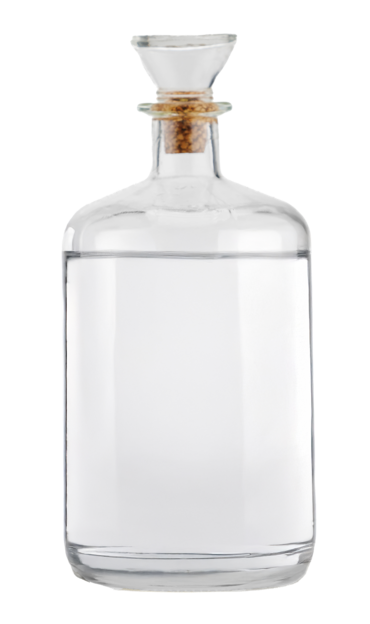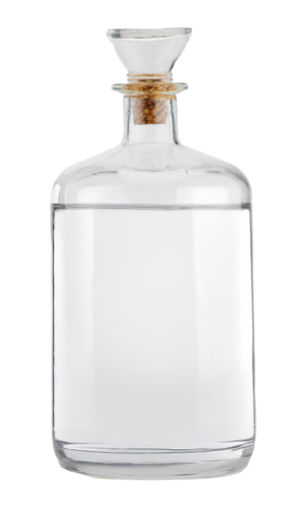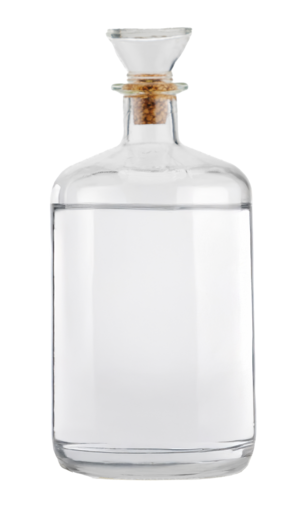Our Glycerol qualities
We carry Glycerol in the following qualities for you
Usage
|
Cosmetics |
Food |
Pharmaceutics |
|
|---|---|---|---|
| Glycerol 85% vegetable Ph. Eur. | |||
| Glycerol 99% vegetable Ph. Eur. | |||
| Organic glycerol 99% vegetable |
Glycerine is used without limits. It is used in the household, for example, it is added to the water of Christmas trees to keep them fresh longer. Furthermore, the moisturizing effect of glycerol is used in leather care products and shoe polishes. In cigarette and pipe tobacco glycerine extends storage times and prevents drying out. In shisha tobacco, a significantly higher quantity is added to prevent the tobacco from burning and to produce denser steam.
In industry, glycerine is used as an antifreeze, lubricant and softener.

The glycerol
Glycerol is the simplest of the trivalent alcohols and also called Glycerine. Glycerol is the trivial name and common name for the alcohol propane-1,2,3-triol. We offer two levels of content: Glycerol 99% and glycerol 85%. The content is always related to the anhydrous substance.
As a component of fatty acid esters, glycerine is widely found in all fats and oils in nature.
Would you like to be informed about the general market situation of Glycerol and our other products?
subscribe to market reportOrigin
Glycerine is chemically bound in all vegetable oils and other natural fats and fatty oils. It is an intermediate product of various metabolic processes. Thus, glycerine is found in coconut oil (17%), palm oil (11%) and soya oil (10%) and is therefore a normal component of our daily food. Furthermore, it is found as lecithin in egg yolk, brain, blood cells, bile and nerve tissue. During alcoholic fermentation, glycerine is formed in a minor amount and is therefore contained in wine in small quantities. The body also forms glycerol when breaking down fats.

Background / history
In 1779 glycerine was discovered by the German chemist Scheele during the saponification of olive oil with lead oxide. In 1811 the French chemist Chevreul introduced the term "glycerine", derived from the Greek glykys (sweet).
When synthetic detergents became popular in the 1940s, especially in the USA, the original extraction of glycerine as a by-product of fat saponification was no longer sufficient. Synthesis processes were therefore developed.
25,000
kg
Tank truck
1,250
kg
IBC
250
kg
Drum
30
kg
Canister
General durability: IBC, drum & canister 12 months
You want to buy Glycerol?
Request now free of charge and without obligation from Gustav Heess. We deliver Glycerol ...
- worldwide
- fast
- reliable
We offer Glycerol in the following packaging units:
-
25,000
kg
Tank truck -
1,250
kg
IBC -
250
kg
Drum -
30
kg
Canister

